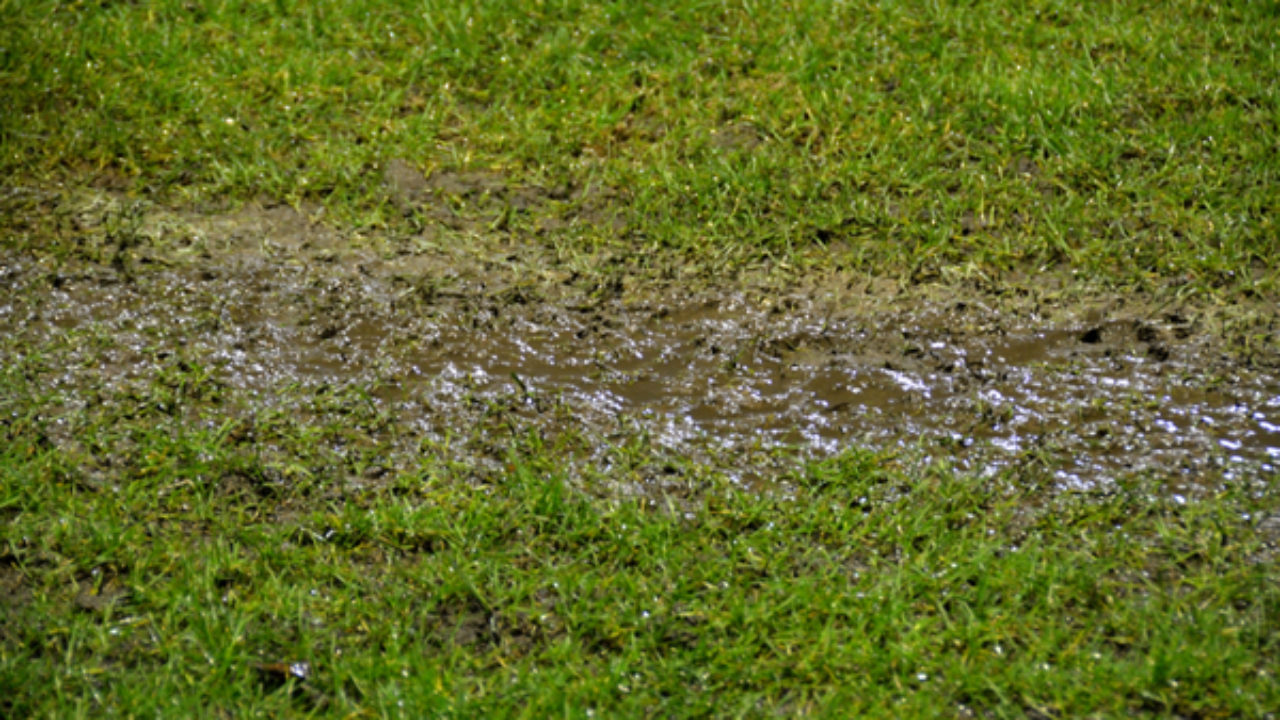Exactly how to Inspect If Your Home Has a Concealed Leak
Exactly how to Inspect If Your Home Has a Concealed Leak
Blog Article
This article listed below about Hacks to detect leaks is truly captivating. Check it out yourself and figure out what you think of it.

The moment you discover a leak, calling your plumber for repair work is the very best option. Nonetheless, some little water leakages might not show up. Right here are some hacks that assist if you can not identify it with your naked eyes.
Early detection of leaking water lines can minimize a possible disaster. In addition to conserving you cash, it will certainly decrease the worry and irritation.
Examine Water Usage
Evaluate your water bills and track your water intake. As the one paying it, you must discover if there are any discrepancies. If you spot sudden changes, despite your intake being the same, it means that you have leakages in your plumbing system. Bear in mind, your water expense should drop under the exact same range every month. An abrupt spike in your expense indicates a fast-moving leak.
Meanwhile, a steady increase monthly, even with the very same behaviors, shows you have a slow-moving leak that's additionally slowly escalating. Call a plumber to completely inspect your property, particularly if you feel a warm location on your flooring with piping below.
Check and Assess the Situation
Property owners should make it a behavior to inspect under the sink counters and also also inside cabinets for any type of bad odor or mold development. These two warnings indicate a leakage so punctual attention is called for. Doing routine inspections, also bi-annually, can save you from a significant problem.
Examine the Water Meter
Checking it is a proven means that aids you find leakages. If it relocates, that shows a fast-moving leak. This means you may have a slow leakage that can also be below ground.
Asses Exterior Lines
Don't neglect to examine your outside water lines too. Should water leak out of the link, you have a loose rubber gasket. One little leakage can throw away lots of water as well as spike your water bill.
Do a Food Coloring Test
30% comes from bathrooms when it comes to water consumption. Examination to see if they are running effectively. Decrease specks of food color in the container and wait 10 mins. If the shade somehow infiltrates your bowl throughout that time without flushing, there's a leakage in between the storage tank as well as bowl.
Check for stainings as well as compromising as most pipes as well as home appliances have a life expectancy. If you believe leaking water lines in your plumbing system, do not wait for it to rise.
The moment you find a leakage, calling your plumber for fixings is the finest service. Some tiny water leakages may not be visible. Examining it is a guaranteed way that aids you uncover leakages. One tiny leakage can lose lots of water and increase your water expense.
If you suspect dripping water lines in your plumbing system, don't wait for it to rise.
How to Know If Your Home Has a Hidden Leak
Water Meter Reveals Inexplicable Water Usage
If you’d like to test whether or not there’s a leak somewhere in your home, you can do this using your water meter. Here is how to conduct the test:
Don’t use any water in your home for at least 30 minutes; this also means not turning on faucets or water-using appliances.
Go outside, and check your water meter for activity.
If your water meter shows that there was activity, even though no one was using any water, this proves that there is a leak in your home.Visible Mold or Mildew Growth
Leaks behind walls create moist, dark environments that allow mold and mildew to grow and thrive. Eventually, you might see mold growth forming on the wall closest to a hidden leak.
If mold is growing in an area that receives a high amount of moisture, such as a bathroom, it may simply be an indication that better ventilation is needed. However, if you see mold growth on a wall or the ceiling in an area where you would not expect, you probably have a hidden leak.
Musty, Mildew Odor
Sometimes you might not be able to see the mold or mildew that is growing as a result of a leak. However, the smell can give the problem away just as easily. If you catch a whiff of something musty, there’s a good chance that old water is collecting somewhere in your home that you can’t see.
Stained/Warped Walls, Ceilings, or Floors
When your home soaks up water, a variety of red flags can become visible, including ceiling stains, bubbling drywall, warped walls, and sagging floors. While these issues can be caused by excess humidity, they can also be signs that a pipe or plumbing connection has started leaking behind your walls.
Inexplicably High Water Bill
After a while, you get a general sense for what your water bill should be. If you own a pool or sprinkler system, your bill will tend to be higher during summer. However, if you receive a water bill that seems especially high, and you can’t figure out what caused it, then you may have a hidden leak somewhere that’s increasing your bill.
https://www.plumbingjoint.com/blog/2019/july/how-to-know-if-your-home-has-a-hidden-leak/

We were guided to that article on Top leak detection hacks from someone on a different domain. So long as you liked our blog posting if you please do not forget to pass it around. We appreciate reading our article about Detecting hidden plumbing leaks.
Report this page